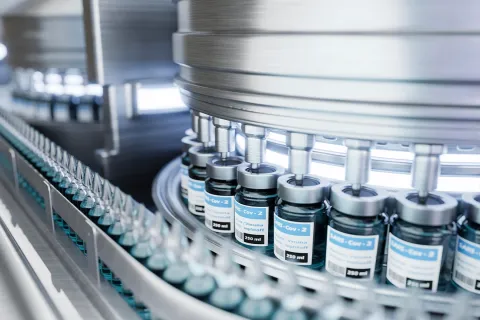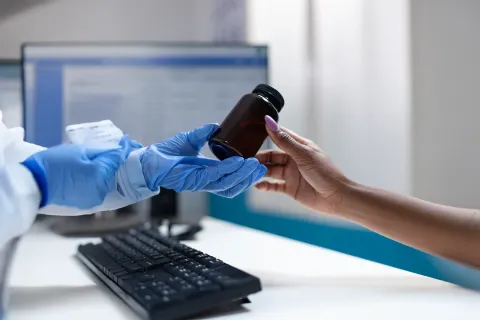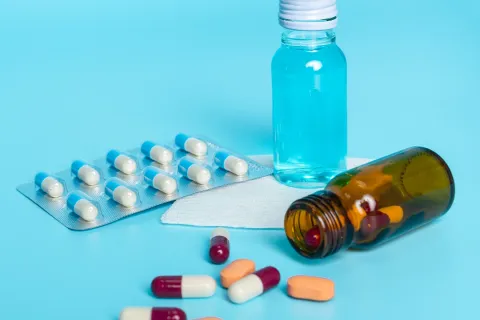
In the highly regulated life sciences industry, ensuring the safety and efficacy of pharmaceutical products is important. One critical aspect of proper labeling is the inclusion of expiration dates. However, the requirements for expiration dating can vary depending on the type of product, the Regulatory jurisdiction, and the specific guidelines in place. In this blog post, we'll explore the key considerations for life sciences companies on expiration dating and labeling.
What is Expiration Dating?
Expiration dating refers to the date assigned to a product that indicates the time the product is expected to remain within its approved shelf-life specification, if it is stored under the recommended conditions. This date is typically expressed in terms of the month and year, and it is intended to give a clear indication of when the product should no longer be used.
Regulatory Requirements for Expiration Dating
The requirements for expiration dating vary depending on the Regulatory jurisdiction and product type. In the United States, for example, the Food and Drug Administration (FDA) has established guidelines for expiration dating under 21 CFR 211.137. This regulation requires that expiration dates be determined by appropriate stability testing and displayed prominently on the label.
Similarly, the European Medicines Agency (EMA) has issued guidelines on expiration dating and stability testing for medicinal products. These guidelines outline the requirements for conducting stability studies, determining shelf-life, and labeling products with expiration dates.
Factors Affecting Expiration Dating
Several factors can influence the expiration date assigned to a product, including:
- Stability: The ability of a product to maintain its physical, chemical, microbiological, and biopharmaceutical properties within specified limits throughout its shelf-life.
- Storage conditions: The recommended storage conditions for the product, such as temperature, humidity, and light exposure.
- Packaging: The type of packaging used to protect the product from environmental factors that could affect its stability.
- Product characteristics: The specific properties of the product, such as its formulation, route of administration, and intended use.
Importance of Proper Expiration Dating
Proper expiration dating is critical for ensuring the safety and efficacy of pharmaceutical and medical device products. Expired products may not meet the required standards for potency, purity, and sterility, and lead to adverse health outcomes for patients. Additionally, expired products could result in Regulatory non-compliance and legal consequences for the manufacturer.
Conclusion
Expiration dating is a critical aspect of product labeling in the life sciences industry. By understanding the Regulatory requirements and factors affecting expiration dating, life sciences companies can ensure that their products are labeled correctly and that patients receive safe and effective treatments.
At Freyr, we have extensive experience helping life sciences companies navigate the complex Regulatory landscape, including requirements for expiration dating and labeling. Contact us today to learn more about how we can support your Regulatory compliance efforts.









